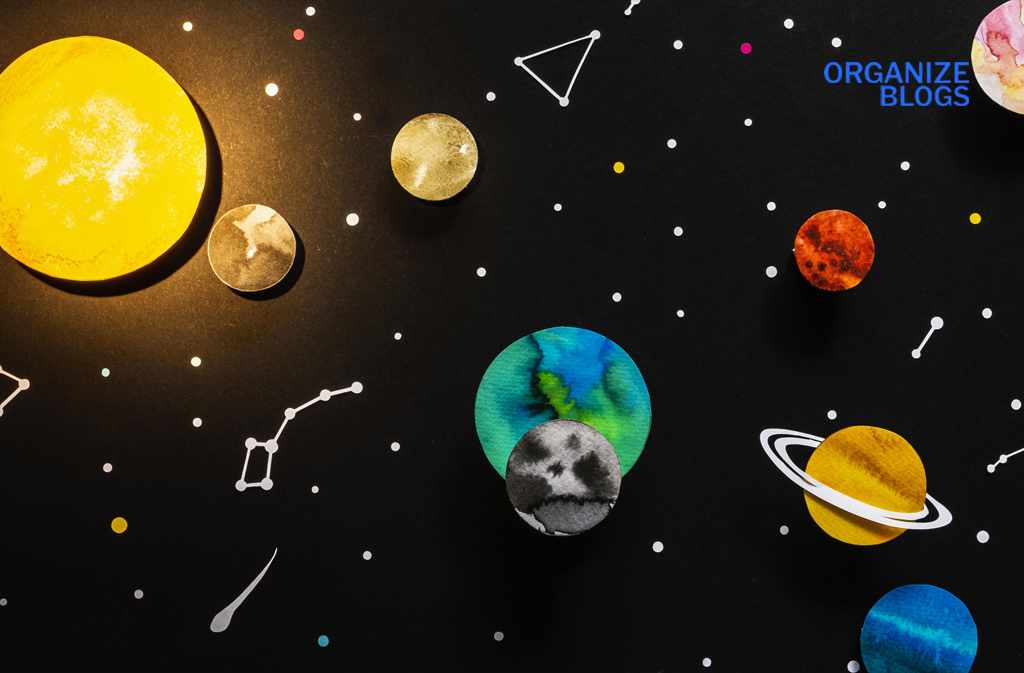If you’ve ever wondered what Snapchat planets are, you’re not alone. This fun feature is part of Snapchat’s friend solar system, and it’s designed to show how close you are to someone based on your interactions. Exclusive to Snapchat+, this idea turns your friends list into a colorful galaxy. Your closest friend becomes the “sun,” and you appear as a planet in their solar system depending on your ranking.
In this guide, we will explain how Snapchat planets work, what each planet means, and how to tell your planet position. We’ll also talk about the different colors—like red, orange, and pink—that represent each level of friendship. By the end, you’ll know exactly where you stand in the Snapchat universe.
Table of Contents
What Are Snapchat Planets and How Do They Work?
Snapchat planets are part of the solar system feature for Snapchat+ subscribers. They work by showing your rank among a friend’s closest connections. The person you interact with most becomes the sun, and each friend is assigned a planet. These planets are based on your chat frequency, snaps sent, and how often you view each other’s stories.
This feature is not available for all users—it’s exclusive to Snapchat+. If you have it, you can open Snapchat, go to a friend’s profile, and check the Friends or Friends badge to see your planet. The planets follow a set order, and each one has its own color and meaning.
The Snapchat Planets Order Explained
When people talk about the Snapchat planets order, they mean the ranking system used in the friend solar system. The order starts with Mercury, the closest planet to the sun, and ends with Neptune, the farthest. Your position shows how close you are to that friend.
For example, if you’re Mercury, you are their closest friend. If you’re Neptune, you’re still a friend on Snapchat, but not one they interact with as often. This ranking changes over time depending on your activity, so you might move from the red planet to the orange planet or even further out in the solar system.
Snapchat Planets Colors and Meanings
Each of the Snapchat planets has a unique color. Mercury is pink with red hearts, showing strong closeness. Venus is a light beige with pink and yellow hearts. Earth is blue and green with pink and yellow stars. Mars, the red planet, has red hearts. Jupiter is orange with multiple stars. Saturn is yellow with a ring. Uranus is light blue with sparkles, and Neptune is purple with purple hearts.
These colors are not just pretty—they give clues to your connection level. For example, being on the red planet often means you’re in a high position on their friends list. On the other hand, purple hearts on Neptune mean you’re further away in their Snapchat friend solar system.
How to See Your Snapchat Planets Position
If you want to know your place among the Snapchat planets, you first need Snapchat+. Once you have it, open Snapchat and tap on a friend’s profile. Look for the Friends badge or the Friends list to see your solar system. The icon will show a planet, and you can tap it to read its meaning.
This makes it fun to track how your position changes. Sending more snaps, chatting regularly, and reacting to stories can help you move closer to the “sun” and change your planet position. Just remember, the solar system updates over time, so activity matters.

Snapchat Planets and Close Friends
The Snapchat planets feature is closely tied to your close friends list. If you’re on Mercury, Venus, or Earth in someone’s solar system, you are likely one of their top connections. This means you share snaps, chats, and story interactions almost daily.
On the other hand, being Saturn, Uranus, or Neptune doesn’t mean you’re not important—it just means you interact less often. The friend solar systems help you see this at a glance without guessing.
Why Are Exclusive to Snapchat+?
The reason Snapchat planets are only available to Snapchat+ subscribers is because Snapchat uses them as a premium feature. Snapchat+ offers extra tools like custom app icons, story rewatch counts, and the friend solar system.
By keeping it exclusive, Snapchat gives paying subscribers a reason to stay. It also creates curiosity among free users, making them consider upgrading to see their planet position and the full solar system feature.
Changing Your Planet Position
Your place among the Snapchat planets isn’t fixed forever. If you send more snaps, reply to messages faster, or view more stories, your rank can improve. For example, you could move from the purple hearts on Neptune to the pink and yellow of Earth within weeks.
However, if you interact less, you might move further away in the friend solar system. This makes it a playful way to encourage more chatting and snapping with friends on Snapchat.
The Fun of Tracking Snapchat Planets
For many Snapchat+ users, Snapchat planets are not just about ranking—they’re a way to make friendships feel interactive. The mix of colors like pink, yellow, orange, and purple keeps the feature visually appealing.
It also sparks conversations. Friends might ask each other why they are on a certain planet, or how to move closer to the “sun.” It becomes a social game within the app, keeping interactions fresh and fun.
Final Thoughts
Whether you’re a red planet close friend or a purple hearts Neptune, Snapchat planets are a colorful way to see where you stand in someone’s digital world. The feature combines fun visuals with real interaction data, making it both playful and meaningful.
If you have Snapchat+, it’s worth checking your planet position often. And if you don’t, this might be the perfect reason to try the subscription and join the exclusive Snapchat friend solar system.

FAQs
1. What are Snapchat planets?
Snapchat planets are part of the friend solar system feature in Snapchat+. They show your rank in a friend’s closest connections list, with each planet representing a different level of interaction.
2. How can I see my Snapchat planets position?
To see your position, you need Snapchat+. Open Snapchat, visit a friend’s profile, and check the Friends badge. If they have you in their solar system, you’ll see a planet icon that shows your place and meaning.
3. What is the Snapchat planets order?
The order follows our real solar system: Mercury, Venus, Earth, Mars, Jupiter, Saturn, Uranus, and Neptune. Mercury is the closest to the “sun” and shows you are someone’s closest friend, while Neptune is the farthest.
4. What do the colors mean in Snapchat planets?
Each planet has a unique color and symbol. For example, Mercury is pink with red hearts, Venus is beige with pink and yellow hearts, Earth is blue and green with stars, and Neptune is purple with purple hearts. These colors represent your friendship level.
5. Are Snapchat planets available to all users?
No, Snapchat planets are exclusive to Snapchat+ subscribers. Free users won’t see their planet position unless they upgrade to the premium service.
Visit our website: Organize Blogs

